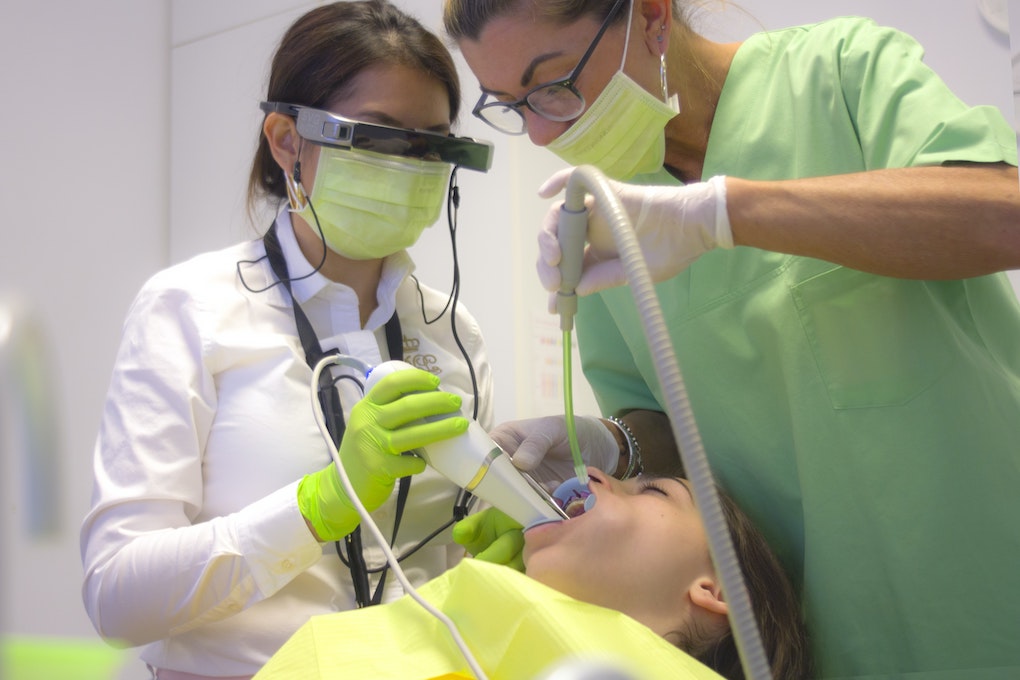
February 22, 2022
What You Need to Know About Laser Dentistry

The American Dental Association (ADA) still has yet to approve laser dentistry as a treatment option for dental conditions. However, lasers continue to embody the term “minimally invasive dentistry” when faced with gum surgery, cavity treatment and other oral issues. Above all, the importance of keeping such procedures in-house cannot be overstated. Here we take a look at the current state of play for laser dentistry and what you need to know moving forward.
Background
Laser dentistry (“light amplification by stimulated emission of radiation”) has made leaps and bounds in the world of drill-less treatments since its inception in 1989, using a narrow, concentrated beam of light to remove or shape soft or hard tissue, such as around a wisdom tooth, crown or inflamed gums. The result is decreased bleeding, faster healing, reduced risk of infection and less of a need for sutures during procedures, including treating hypersensitivity, tooth decay and gum disease.
Current state
The U.S. Food and Drug Administration (FDA) has approved the use of lasers in the dental industry after dentists undergo training from manufacturers, professional organizations or dental schools. But despite its benefits to patients for general dentistry, the American Academy of Periodontology (AAP) has reported there isn’t sufficient evidence to support that treatment with a laser is better than traditional treatments for periodontal diseases, such as scaling and root planing.
Benefits
Reduced pain and discomfort and faster healing time are at the top of the list of purported benefits of laser dentistry, in addition to no anesthetic. Decreased infection rates can also be accounted for during post-op procedures. However, the biggest return on investment with laser dentistry is broadening the scope of procedures a dental practice is capable of in the office, and in turn, increasing the valuation of your dental practice in terms of its hard assets.
Procedures
Although historically slower compared to tactile techniques, a laser is the best tool to cut through hard tissue, such as a burr that closes the dentinal tubules, creating a smear layer. Therefore, laser dentistry is a great alternative to common handheld scalpel, drills and other tools for a tongue tie release, crown lengthening and other procedures that the dentist wouldn’t normally do in office or code for.
Going forward
Historically, a laser wash must be preformed on the tooth prior to surgery. As lasers advance, however, they will only become more efficient. Just like when adopting any other new equipment, it’s important to invest in training. Any reputable laser manufacturer will offer in-office and continuing education courses or advanced education opportunities for the dentists to attend in order to maximize the return on investment.
What’s next?
Contact the experts at Professional Transition Strategies to learn more ways to keep your dental practice on top of its game.